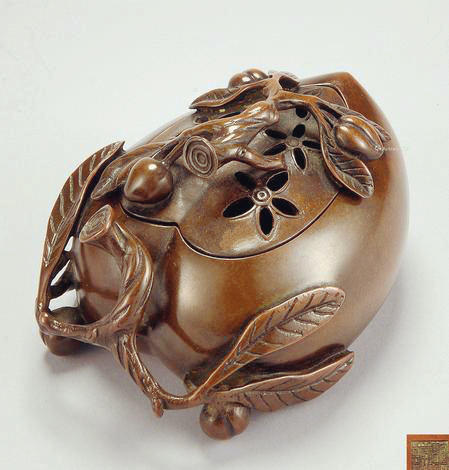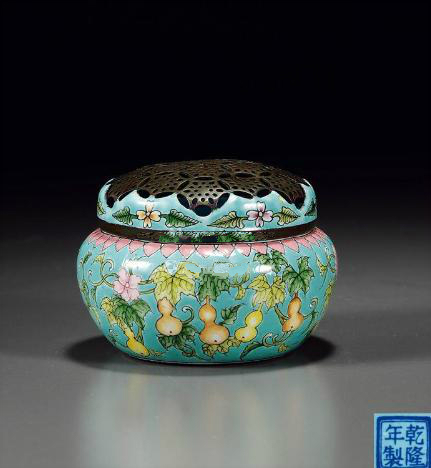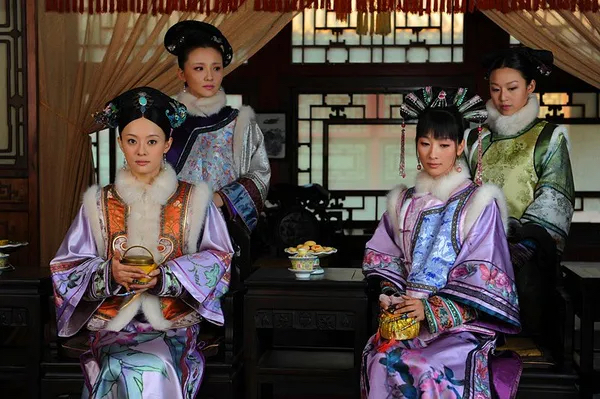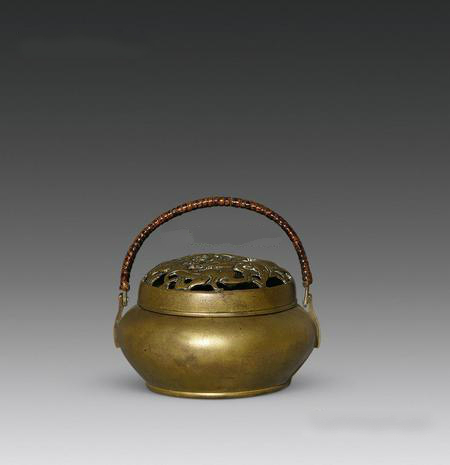
| 双语新闻 Bilingual News | 双语对照阅读 分级系列阅读 智能辅助阅读 在线英语学习 |

| 双语新闻 Bilingual News | 双语对照阅读 分级系列阅读 智能辅助阅读 在线英语学习 |
| [英文] [中文] [双语对照] [双语交替] [] |

| Made of bronze or ceramics, ancient hand warmers had a variety of designs. Round, square and octagonal shapes are typical, with some fashioned to look like pumpkins, flowers and turtle shells. | |||||||||||||
 | |||||||||||||
| Inside a hand warmer, there were burning charcoal or simple coals. Some coals were blended with fragments and pressed into flower shapes, emitting a pleasant scent when burned. | |||||||||||||
| There is no accurate written record regarding the origin of this tool, but there are some tales about its invention. | One folk story concerns Emperor Yangdi from the Sui Dynasty who visited Jiangsu in the winter. Due to the bitter cold, the local official asked manufacturers to make a small warmer for the emperor that could be held in one's hands. Thus the hand warmer was created. |  By the Song Dynasty (960-1279), the tool was in widespread use. Techniques for producing the tool were extensively employed in the Ming and Qing dynasties (1368-1911). | Many poems and books from this period recorded people using hand warmers. | The Dream of the Red Chamber, the classic novel by Cao Xueqin from the Qing Dynasty, also featured a maid sending a hand warmer to the protagonist Lin Daiyu in one chapter. | |  | |  多数手炉的通高不过18厘米,长15厘米、宽10厘米左右,看着小小的,其实里面的结构另有玄机,分为外壳和内胆两层。在精美外壳内,还有铜制的内胆。内胆多架于外壳口沿之内,方便燃炭。上面的盖子则是镂空的,便于通风换气。通过内外两层的空气传导,手炉 | | |
OK阅读网 版权所有(C)2017 | 联系我们